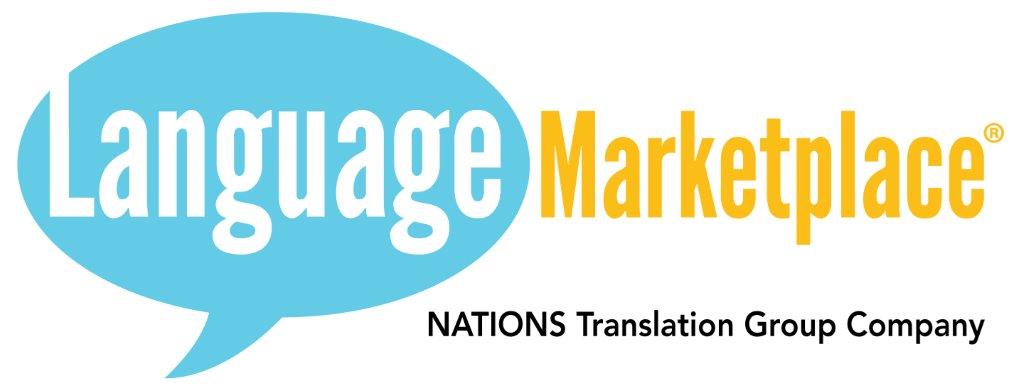There are several things machines (computers) can do these days; one need not depend on human beings for these tasks. Would it not be nice if you could feed a document in one language to the computer and get a perfect translated copy of the same? Businesses have gone global. You need all kinds of documents in several languages. These include not only marketing collaterals but various kinds of agreements, policy statements, etc. There is another aspect of businesses these days; you need a web presence. By the nature of the Internet, a visitor to your site could be from any part of the world. It will help business if the whole content could be instantly translated to the language of the visitor. The need for translation has become huge and is increasing exponentially. There is no way professional translators can tackle translations of such a large-scale demand; ever!
Computers are so powerful now, that translations can be tackled to a large extent by them. The crux of the problems with any of the natural languages of the world is that they are not completely deterministic in a mathematical sense. There may not be equivalent words in the source and destination languages. Typically, there would be several words defining shades of meaning (smile, laugh, smirk, etc. in English, for example). Similarly, the target language may have multiple words for the same action. However, the exact shade of meaning is decided by the structure, cultural background and other factors. The idioms, phraseology used are different, in general. A sentence in one language and another may not be similar. There is no one to one mapping of a word or a phrase or a sentence in one language to another. All these factors make it difficult to set the translation process to a deterministic algorithm easily. As the natural language processing researchers develop techniques to tackle these issues, machine translations will become accurate. They will be indistinguishable from human translations.
Machine translations work reasonably in many situations already. You can get an instant translation of a website page through Google’s translation services.
Machine translation is very quick and lets you derive an overall meaning instantly. Unlike in literature, business documents have a standard context framework. Thus, overall the translation will be reasonable. One could use a specific business vertical related dictionary to ease the translation work. This would be an advantage, particularly, when the document is a long one. Human translators can translate the complete document later (correct the machine translation, possibly). For documents where you must be accurate about meaning, can be handled by manual translators. An end-user license agreement could be such a document.
A human translator is expensive to hire. However, when the source and destination languages change, you may need to look for another! The machine translator may be equipped to handle a set of languages. Machine translation turns out to be quite inexpensive and highly productive. A workflow combining the two could be very meaningful. Machine translation followed by editing and correction by a team of human translators would be highly productive and economical.
More Translate Articles
